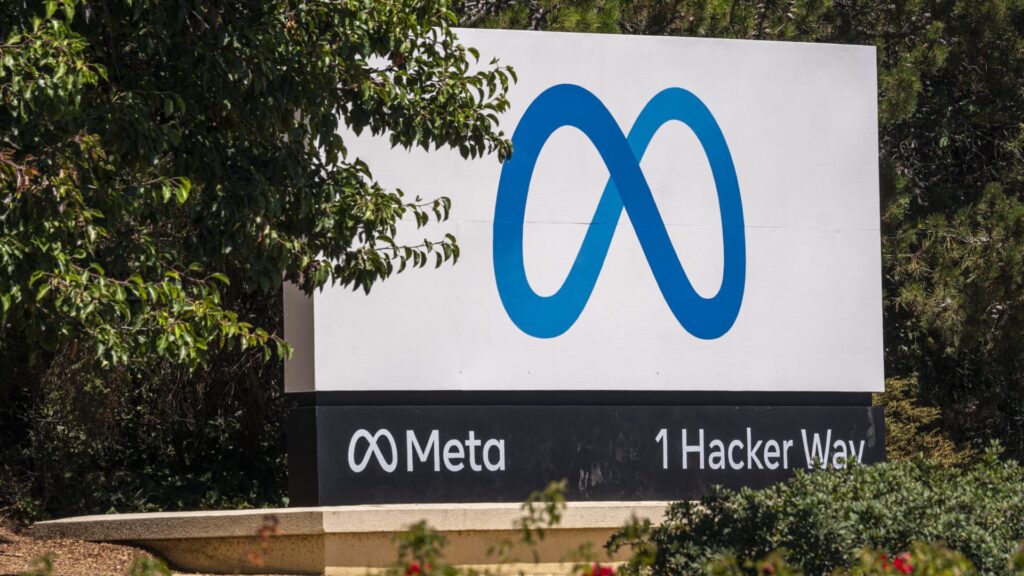US companies are flush with cash and are buying back a near-record amount of stock this year. President Biden wants to raise taxes on those buybacks. In his State of the Union address tonight, Biden will reportedly propose raising the taxes companies pay when they buy back their own stock, to 4% from 1%. The theory is that additional taxes on buybacks will encourage companies to invest in hiring more people or making capital expenditures (more plants, buildings, or technology) rather than buying back their own stock. While the validity of this theory is debatable, there is no doubt that companies appear to be embarking on a buyback spree. Many observers expect 2024 to be a near-record year for buybacks. Why are buybacks increasing? After a record-breaking 2022, when $950 billion worth of shares were bought back, 2023 has been a disappointing year, largely due to a lack of earnings growth. But 2024 and 2025 look close to record numbers. Buybacks: intensifying? (Buybacks executed) 2024 (estimated) $925 billion. 2023 $815 billion 2022 $950 billion. 2021 $919 billion. 2020 $538 billion. 2019 $749 billion. Source: Goldman Sachs Jeffrey Yale Rubin of Birinyi Associates estimates that companies announced $187 billion in buybacks in February alone, second only to the record $225 billion announced in February 2022. “Strong earnings growth will It is the main catalyst for buybacks as valuations rise and Goldman Sachs said in a recent report that political uncertainty will be a headwind.Goldman recently raised its 2024 buyback forecast to $925 billion (up 13% year-over-year) and $1.075 trillion in 2025 (up 16% year-over-year). Goldman noted that a large portion of the buybacks are driven by record profits at big technology companies, and the bank said: “We expect buyback growth in 2024 to be largely driven by large-cap technology stocks.” In fact, Goldman noted that Magnificent 7 companies themselves accounted for 26% of S&P 500 buybacks in 2023. Companies prefer stock buybacks. U.S. companies have wide latitude in what they do with the cash flow they generate. Excess cash usually falls into a trap. Three groups: buybacks, dividends, and capital expenditures. While the percentage going to each group ebbs and flows, companies have recently shown a greater propensity for buybacks. 2023: What US companies did with their $765 billion cash flow from buybacks. Capital expenditures: $597 billion. Dividends: $588 billion. Source: S&P Global Why: Buybacks can boost stock prices because they reduce shares outstanding and, in theory, improve earnings per share. Of course, dividends are an alternative source of returning shareholders' money. Big technology companies may be moving in this direction. At the same time it announced a recent buyback, Meta Platforms, Instagram's parent company, also reported its first-ever earnings. Three of the seven great companies (Alphabet, Amazon, and Tesla) pay no dividends. Goldman found that large companies with stable earnings, high margins, and cheap valuations are more likely to initiate dividends. Using this framework, they note that Alphabet and Amazon respectively rank first and eighth among the stocks most likely in the Russell 3000 to initiate a dividend. Diverting cash into capital expenditures and hiring Open Question It is possible that companies will shift excess cash into increased capital spending and increased hiring if buyback taxes rise, but, at least for large technology stocks, the decision is likely to be driven by the state of technology growth, not Tax evasion. Magnificent 7 spent $407 billion on capex and R&D in 2023, representing 23% of its annual revenue and 27% of total S&P 500 capex and R&D. “If management teams see attractive investment opportunities beyond this Growth in spending may limit the growth in repurchase programs to finance investment.” Elsewhere, much of the decision to invest in one group or another boils down to economic growth: higher growth means companies will be more willing to invest in hiring more people and making capital expenditures. Goldman noted that its economic teams expect economic growth to slow in the second half of 2024, suggesting that investors will continue to favor companies that return cash to shareholders. “However, if economic growth momentum continues to build, investors may begin to increasingly reward companies that invest for growth,” Goldman said. Will higher taxes discourage companies from doing buybacks? In early February, Meta authorized an expanded stock buyback program worth $50 billion, equivalent at the time to approximately 5% of shares outstanding. Under the current tax, the company would pay $500 million, and under the tax proposed by Biden, it would rise to $2 billion. . That's a lot of money, but it's not clear whether this would cause Meta to shift money from buybacks to capital investment. “I haven't seen anything that would prove that taxing buybacks would prompt companies to shift cash to capital expenditures,” Howard Silverblatt, senior index strategist at S&P Global, told me. Silverblatt echoed Goldman's analysis, noting that companies would rationally decide to put more money into hiring and capital expenditures if the economy continues to grow: “That's what they should do, go where there's growth,” he told me.
